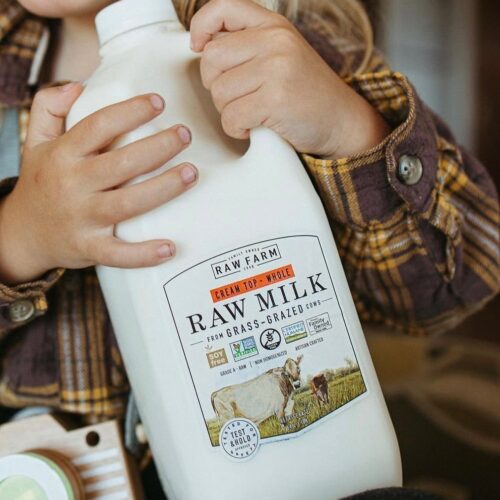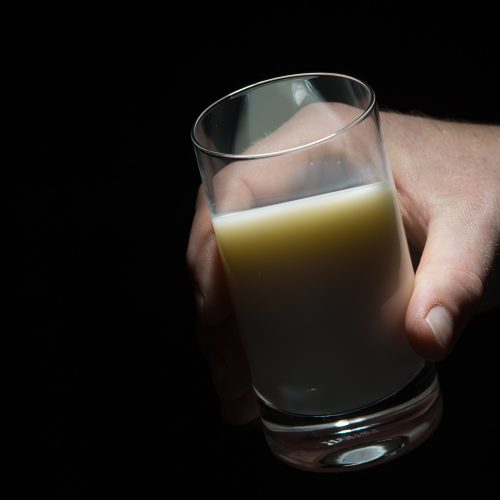What is bird flu? Here's everything you need to know about the virus affecting chickens and dairy cattle

Edwin Remsberg/VW Pics/Universal Images Group via Getty Images
- Bird flu has spread widely in poultry, causing egg shortages.
- Virus spillover has occurred in various mammal species, including humans.
- H5N1 does not currently have the ability to spread human to human.
It's not just higher egg prices. The ongoing bird flu outbreak has led to millions of wild bird deaths, slaughtered livestock, hazardous conditions for dairy industry workers, and spillover infections in humans and other mammals.
While there's no sign that H5N1 can be transmitted person to person at this point, some experts worry about the possibility of a pandemic if the virus continues to spread widely.
Here's what you need to know about bird flu.

Costfoto/NurPhoto via Getty Images
The H5N1 bird flu virus has spread among a variety of bird species, including chickens, ducks, turkeys, geese, and many migratory wild birds.
There have also been cases in humans and other mammals, including dairy cows, seals, bears, and cats. Dairy cows have seen the biggest impact among mammals, with 985 confirmed cases in 17 states since March 2024, according to USDA data.
In February, the virus affected a total of 15.83 million birds, with outbreaks reported in 79 commercial and 55 backyard flocks.

BSIP/Universal Images Group via Getty Images
The H5N1 virus has spread worldwide, hitting every continent except Australia.
In the US, the most affected states are California and Washington, with 38 and 11 confirmed human cases, respectively.

Ma Hongkun/VCG via Getty Images
According to CDC data, there have been a total of 70 human cases since 2024 and one death related to the virus.
Of those cases, 41 were related to exposure to infected dairy cattle, 24 to exposure to infected poultry farm operations, and two to infected backyard flocks, wild birds, or other mammals. The exposure source for three of the cases was undetermined.
Andrew Pekosz, a professor of microbiology and immunology at the Johns Hopkins Bloomberg School of Public Health, recommends avoiding feeding household animals raw, unpasteurized milk products because of the potential for the milk to carry bird flu.

ISLAM ALATRASH/AFP via Getty Images
Bird flu can spread through direct contact with contaminated animals, water sources, or surfaces.
So far, human exposure to the virus has mainly come from unprotected exposure to infected animals. The virus has not shown the ability to transmit human-to-human. Mild cases may look similar to regular flu infections, with patients showing signs of fever, cough, runny nose, headache, diarrhea, chills, and teary eyes, according to the CDC.
In the poultry industry, when a bird flock becomes infected, "you have to actually put the whole flock to death," Pekosz said.
For dairy cattle, the detection of just one infection in a herd means that the whole herd is taken out of production to prevent contaminated products from leaving the farm.

MATTHEW HATCHER/AFP via Getty Images
The CDC currently considers the risk of H5N1 infection to the public to be low.
"The risk to the general population is essentially zero," said Dr. William Schaffner, former medical director of the National Foundation for Infectious Diseases.
People should exercise caution in their interactions with wild birds and products that could spread infection, such as unpasteurized dairy.

David L. Ryan/The Boston Globe via Getty Images
Under USDA guidelines, farmers must immediately contact authorities and test animals suspected of being infected. Once an infection is detected, the flock is put in quarantine and the infected birds are killed.
On Feb. 26, US Secretary of Agriculture Brooke Rollins announced a $1 billion strategy to curb the bird flu, including expansions to the agency's biosecurity measures and funding for vaccine research.
The CDC is monitoring human infections and has released guidelines for contact with possibly infected animals at the commercial and hobbyist levels.

Lindsey Nicholson/UCG/Universal Images Group via Getty Images
The biggest hit to the poultry economy has been the massive loss in chicken populations, which has resulted in a decrease in egg production in the U.S.
The egg shortage has led to rising prices and dwindling grocery store supplies.
"When this virus enters a poultry farm, it starts to kill chickens almost immediately," Pekosz said. "The eggs or the chickens never really get a chance to even leave the farm before the farmers know that there's an infection going on."

Talia Lakritz/Business Insider
The CDC suggests minimizing or avoiding exposure to dead and sick animals unless wearing adequate protective equipment.
While there is no real risk of infection from food products like eggs or chicken, Pekosz said people who are concerned can err on the side of caution and follow USDA cooking guidelines.
"If you follow those recommendations, the bird flu virus will be killed," he said. "So even if in the very, very low possibility that you would get something that's contaminated with H5N1, if you just cook the eggs properly, that virus will be killed and won't pose any harm to you."
"Raw milk is probably the biggest thing that is a concern for people who are not working on cows or at dairy or poultry farms in terms of a risk factor," Pekosz added.
For those with backyard bird feeders or bird baths, Schaffner suggested using surgical gloves when touching water or surfaces where the birds flock and carefully disposing the gloves once done.

Scott Olson/Getty Images
The virus is beginning to mutate in ways that could make it more equipped to infect humans, but we have some tools to combat it.
"With H5N1, we know we have drugs that will prevent the virus from replicating. We know how to make vaccines that work against influenza viruses. We have a lot of tests that we know work really well in terms of detecting the virus," Pekosz said. "We've had 40 years of research on this virus that allowed us to show that we have a bunch of tools that can be used to minimize the effects of this virus should it become a human pathogen."
That said, an H5N1 pandemic could be devastating.
The risk of the virus mutating to become better at infecting beef cattle appears to be low, according to Pekosz and Schaffner.
Of the dairy cows affected by the virus, most infections have been caused by improper cleaning of milking equipment, and the infection has stayed localized in the cow's milk-producing organs, removing the risk of infection for cattle not involved in milking procedures.
In May 2024, the USDA started randomly testing beef cattle for the virus.

Paul Hennessy/NurPhoto via Getty Images
The influenza vaccine doesn't protect humans against bird flu infection, but the ongoing flu season, which is the worst in 15 years, is a bigger threat right now.
"Bird flu is a theoretical risk. Seasonal flu is a real risk," Schaffner said.



